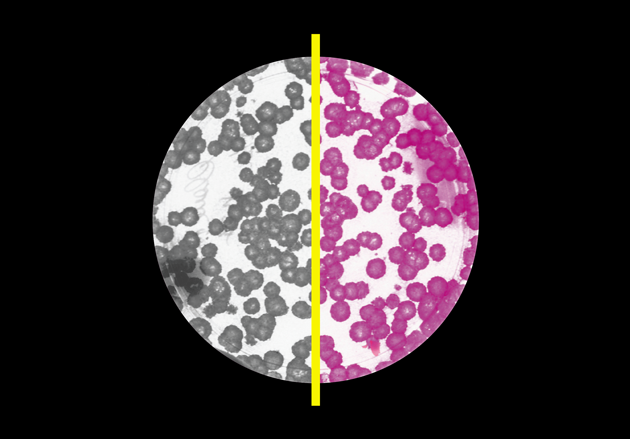Nature News
-

Brain-manipulation studies may produce spurious links to behaviour
Study shows that controlling neurons with light or drugs may affect the brain in more ways than expected.
-

The truth about fetal tissue research
The use of aborted fetal tissue has sparked controversy in the United States, but many scientists say it is essential for studies of HIV, development and more.
-

Biologists create more precise molecular scissors for genome editing
Engineered Cas9 enzyme makes fewer mistakes.
-

‘Digital chimp’ trove preserves brains of retired apes
NIH to fund a cache of brain tissue and online data in place of live-animal experimentation.
-

Leap-second decision delayed by eight years
Some want to scrap adjustment that keeps atomic time in sync with Earth’s rotation.
-

Freefall space cubes are test for gravitational wave spotter
Europe’s long-awaited LISA Pathfinder spacecraft has two metal cubes at its heart, which it will attempt to isolate from every force except for gravity.
-

Leukaemia success heralds wave of gene-editing therapies
Layla, a one-year-old girl with leukaemia, is in remission thanks to gene-editing technology that allowed her to receive modified immune cells from another person.
-

The tapeworm that turned into a tumour
A tapeworm that infected a Colombian man deposited malignant cells inside his body that spread much like an aggressive cancer, researchers have reported in a bizarre, but not unprecedented, case.
-

Zombie physics: 6 baffling results that just won’t die
When a scientific result seems to show something genuinely new, subsequent experiments are supposed to either confirm it — triggering a textbook rewrite — or show it to be a […]
